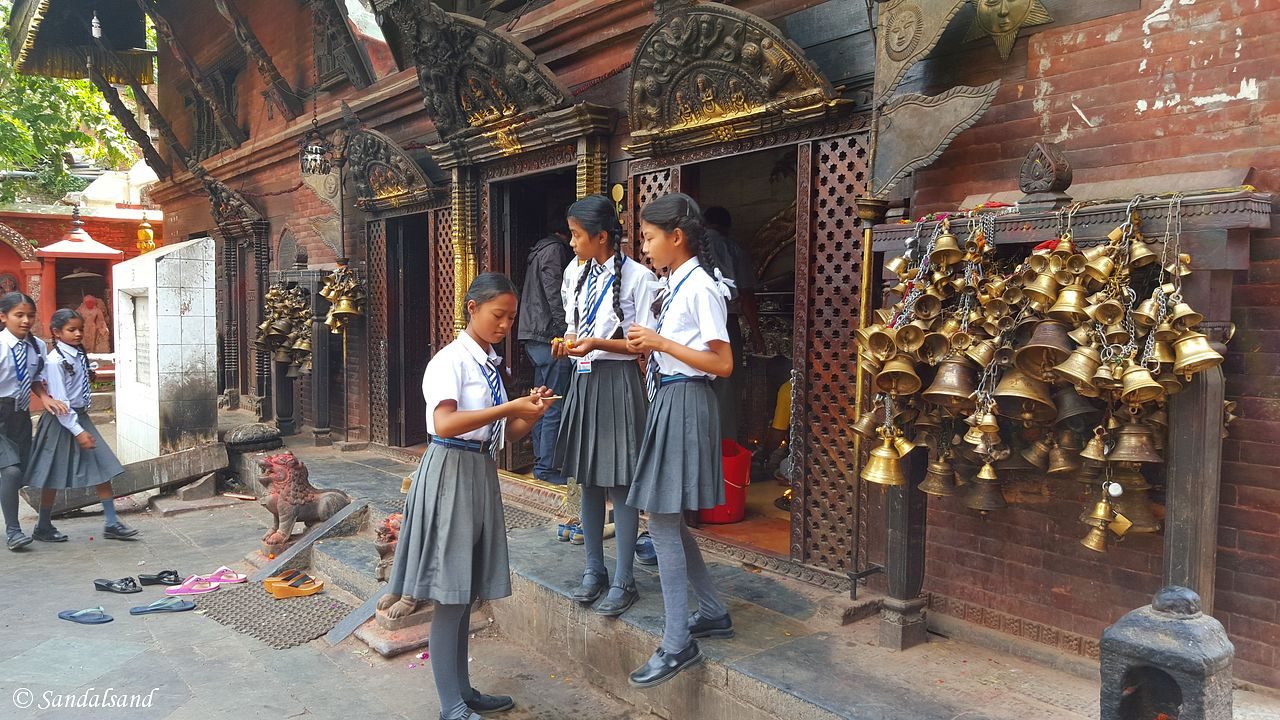This writer recently returned home after fourteen days in Bhutan and Nepal. It was a most remarkable trip into two rather remote countries in the Himalayas. Read about how it was to visit Bhutan and Nepal after the 2015 earthquake.
While there I was reminded on several occasions of the double impact both countries have suffered as a result of the April 2015 earthquake. The first consequence came as a direct result of the quake itself: Thousands were killed, injured, left homeless – and a number of tourist attractions suffered serious damage. The second consequence was the decline in the number of tourists. Out of fear of more earthquakes many potential visitors have shunned both Nepal and Bhutan. I was told that tourist traffic has been reduced by 50% in 2015.
I will in this article shortly describe what I experienced in terms of earthquake consequences, and the effect this may have on visiting tourist areas. My conclusion is that there is no reason to stay away from neither Bhutan nor Nepal next year.
This article was first published on the travel blog belonging to Himalaya Holiday Service. My trip was booked with this travel agency and the manager asked if I could write an article about this subject. The views presented are naturally my own.
Bhutan

The Tiger’s Nest (Paro Taktsang) is Bhutan’s most famous landmark. (Source: Instagram profile of Sandalgram)
This is the easiest part. The people of Bhutan were to a very little extent affected by April’s earthquakes. Houses trembled but very little more.
On the other hand Bhutan’s tourist industry seems to be very closely tied to that of Nepal. Visitors would tend to visit Nepal and Bhutan, or just Nepal. Consequently, when foreigners spend their vacation budget elsewhere in the world than in the Himalayas, this is doing serious harm to Bhutan’s second most important source of income (after hydro-electric power export to India).
Tourism in Bhutan is expanding, but this year saw a suspension of that positive trend.
Nepal

The faces of Nepal are highly varied. This is a small collection. (Source: Instagram profile of Sandalgram)
Some of the foreigners I met had Tibet on their itinerary as well. Half a year after the quake the road to Tibet was still closed. On the other hand there are planes going, but they tend to be quite expensive. To me this did not mean much, I was not going to Tibet.
Instead I spent my week in Nepal in Kathmandu city, in other towns of the Kathmandu Valley and in the Chitwan National Park in the southern lowlands. According to people I met, the jungle was not hit hard by the quake. Judging from the views of a moving car on the road here and there, it is difficult to say if the poor houses on the hillsides are just that, poor, of if they had been hit by the quake.
I spent some time walking around in the residential neighbourhoods of Kathmandu, Patan and Bhaktapur. It was evident that entire blocks had been erased by the quake or subsequent clearing works. Several places people were still living in shelters put up by some relief agency. It seems like they will be living there for a long time yet; private wealth is not normally high enough to invest once again in a proper house.
.
A perhaps even bigger number of houses had been propped up by beams but would not able to withstand another earthquake or even time. Something will have to be done here too. This is really bad for the people of Nepal, and it seems to me that most foreign aid agencies have left the country.
This is however an exception to the rule: The large majority of houses are still standing, almost intact.
Foreign media were in April 2015 full of images of temples in ruins. In September/October of the same year I saw them too. Many of the ruins had been cleared away, or were in the process of being cleared for later reconstruction. This will take time.
If you didn’t know that there had been an earthquake and that it had led to the (partial) destruction of some temples, you would have suspected them to be in such a state due to their ancient origin.
My point is: There should be no reason to avoid coming to Bhutan and Nepal after the earthquake. The countries are as beautiful as ever, and full of amazing attractions. In addition your money is of vital importance to the development of both countries.
Please also read my introduction article to this trip: The outline of a visit to the Himalayas. Read all articles from Bhutan and Nepal.


